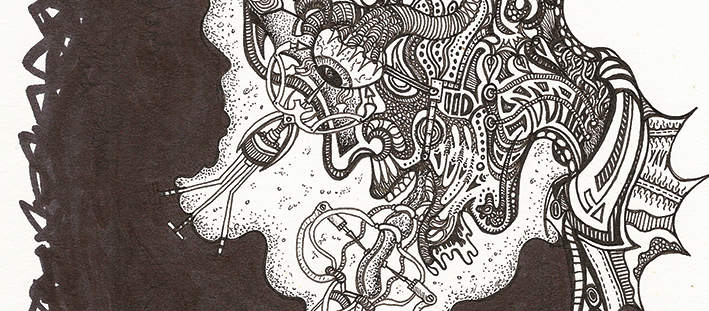As an avid reader of science fiction (Peter F Hamilton, Iain M Banks, Anne McCaffrey) I’ve often been sucked in to another world that I wish I could be a part of. Not because there are races of giant spider aliens who want to obliterate us all, or because I quite fancy riding a huge dragon (who doesn’t?), but because they are offering possibilities. Possibilities of a future that has not yet been ruled out.
Sherlock Holmes, famously (and fictionally) once said:
“…when you have eliminated the impossible, whatever remains, however improbable, must be the truth?”
So the way I would like to see it, is that of all the worlds and views in science fiction, once we have eliminated that which is impossible – the rest is still out there for the taking. I don’t care that physics hasn’t caught up yet – we strive to dream as part of mankind, we hope, we look forward (though not enough, given the state the environment is in).
Finding a design space where these bizarre and oft disruptive thoughts can collide is difficult. In academia we are concerned with proof, at work we are concerned with income, at home we are concerned with chicken with green pesto gnocchi and whether to pop out for some vino. There isn’t much space for the unreal and the discombobulating.
Openness is important when taking part in exercises in design fiction and narrative, openness, helpfully is also a personality trait, and therefore we might actually be able to quiz those signing up for innovation workshops and weed out the ones who will sit grumpily at the back, playing with their smartphones and occasionally making sarcastic remarks because they just don’t get it. (Also, did you know that neurotic people live longer? That’s right).
Oh, yes. I mentioned webcomics.
Have you ever seen a webcomic that is so dull it doesn’t make you wonder a little, or think things through? (Dilbert is excluded from this as his sarcastic comments help thousands get through every day in the office). Have you ever wondered how a yeti drinks tea? Or been sucked into a cyber punk crime thriller set in a world of technology? Webcomics are exhibiting all of the traits of intricate science fiction writing but are available, with visuals, on the internet. Never before have we had such a chance to get involved and to dream – especially when they take advantage of Scott McCloud‘s infinite canvas. With the possibility to prototype those new worlds as one might prototype a website using UX software, there is a immersive aspect to the experience. Especially when the sites begin to blur the lines between your reality, and theirs.
